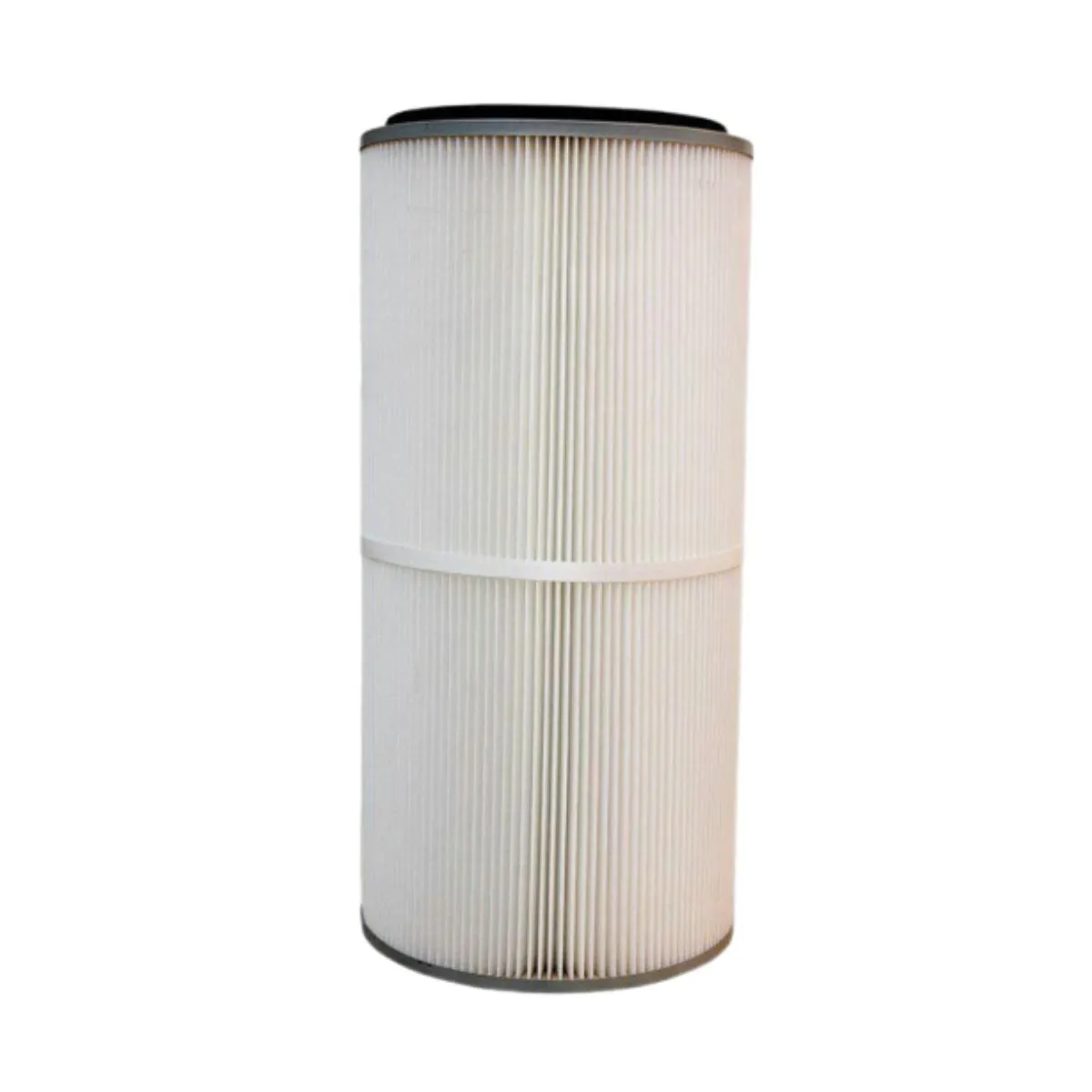 Tel:
+8615930870079
Tel:
+8615930870079
Nov . 05, 2024 02:21 Back to list
dust cartridges
Understanding Dust Cartridges Importance and Applications
Dust cartridges are essential components in various industries, particularly those that deal with dust and particulate matter. They play a crucial role in ensuring air quality and maintaining equipment efficiency across a wide range of applications. This article will explore what dust cartridges are, how they function, and their significance in various sectors.
What are Dust Cartridges?
Dust cartridges are specialized filtration devices designed to capture and hold airborne particles, dust, and other contaminants. These cartridges consist of filter media that can vary in composition, including fiberglass, polyester, and paper materials. The design of each cartridge is tailored to the specific requirements of the environment in which it will be used.
A typical dust cartridge features a pleated filter design that increases the surface area, allowing for better dust capture and airflow. This design is crucial for maintaining low-pressure drops and efficient operation. As particles are trapped within the filter media, the cartridge prevents them from being released back into the air, ensuring cleaner and safer environments.
How Do Dust Cartridges Work?
The functionality of dust cartridges relies on several key principles of filtration. When air containing dust and particulate matter is drawn into the cartridge, it passes through the filter media. The pleats in the cartridge create a larger surface area for dust particles to adhere to, allowing cleaner air to flow through while trapping contaminants within the media.
As dust accumulates on the filter, the resistance to airflow increases. To maintain optimal performance, regular cleaning or replacement of the cartridges is necessary. Some systems incorporate automated cleaning methods, like reverse pulse jet cleaning, which uses bursts of air to dislodge accumulated dust, enhancing the lifespan of the filter without sacrificing efficiency.
Importance in Various Industries
dust cartridges

Dust cartridges are prevalent across numerous industries, each with specific requirements and standards.
1. Manufacturing In manufacturing settings, dust cartridges are vital for controlling airborne contaminants from processes such as machining, sanding, and grinding. By ensuring clean air circulation, they protect workers' health and help maintain compliance with occupational safety regulations.
2. Food Production In the food industry, stringent hygiene standards necessitate the use of dust cartridges to prevent contaminants from compromising food safety. Proper filtration helps eliminate dust and allergens, ensuring a clean and safe environment for food processing.
3. Pharmaceuticals The pharmaceutical industry requires the highest levels of cleanliness to prevent contamination. Dust cartridges help maintain sterile environments in production facilities, ensuring that airborne particles do not affect the quality of sensitive products.
4. Construction Construction sites often generate significant amounts of dust and particulate matter. Dust cartridges in dust collection systems help control this pollution, protecting workers and the surrounding community from respiratory hazards.
5. Woodworking Wood shops generate fine wood dust that can pose health risks. Dust cartridges effectively capture these particles, reducing airborne dust levels and improving air quality for workers.
Conclusion
In summary, dust cartridges play a pivotal role in various industries by capturing airborne particulates and maintaining air quality. Their efficient design and functionality ensure the health and safety of workers while helping industries comply with environmental regulations. Regular maintenance and timely replacement of dust cartridges are crucial in sustaining their performance and ensuring the effective operation of dust collection systems. As industries continue to evolve and prioritize health and safety standards, the importance of high-performance dust cartridges will only grow. Investing in quality dust cartridges is not just a regulatory requirement; it's a commitment to creating healthier work environments for all.
-
Types and Applications of Air Filtration CartridgesNewsJul.28,2025
-
The Role of Gas Turbine FiltersNewsJul.28,2025
-
Mastering Air Filter Cartridge UseNewsJul.28,2025
-
Advanced Turbine Filters for Modern Gas TurbinesNewsJul.28,2025
-
Cellulose Air Filter Cartridge Advantages in Dust FiltrationNewsJul.28,2025
-
Cellulose Filters for Air Particle ReductionNewsJul.28,2025

 Email:
Email:





